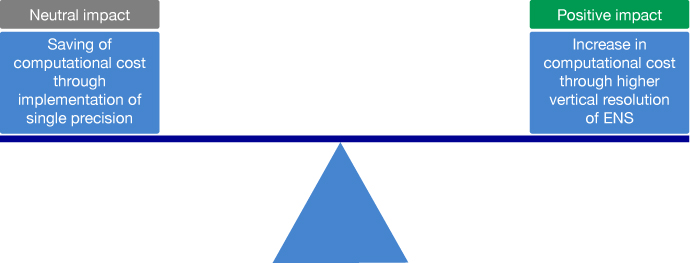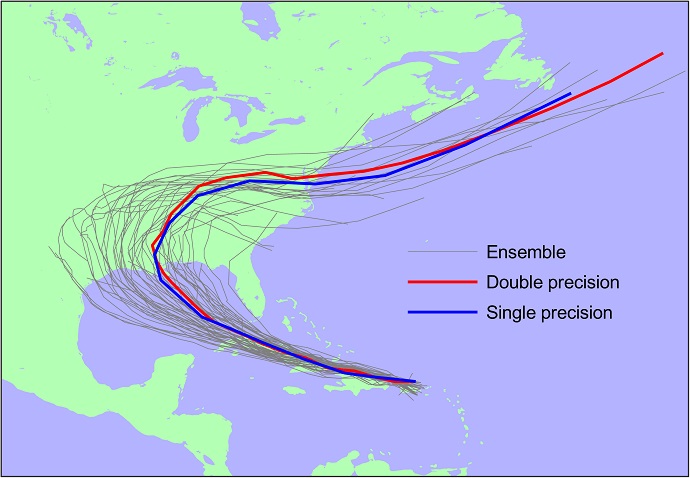An upgrade of ECMWF’s Integrated Forecasting System (IFS) to Cycle 47r2 launched on 11 May introduces single precision for high-resolution and ensemble forecasts (HRES and ENS) and increases the vertical ensemble resolution.
The significant change from double precision (64-bit accuracy) to single precision (32-bit accuracy) in many of the calculations carried out for forecasts maintains performance, while substantially freeing up computing power for other improvements.
The increase in ENS vertical resolution from 91 levels to the current HRES vertical resolution of 137 levels is one such improvement, and it changes a broad range of forecasts for the better. This has been applied to all ENS forecasts in the medium to the extended range and leads to statistically significant improvements to many ENS scores of about 0.5 to 2%.
Professor Florian Pappenberger, Director of Forecasts at ECMWF, commented: “As weather affects many aspects of society, we continue to aim to improve weather prediction and make regular upgrades. Improvements to weather forecasts involve higher volumes of data and more complex modelling, and consequently greater computer power requirements.
“The new model version change from double precision to single precision allows for faster processing and frees up computing resources compared to traditional double precision models. Strong collaboration has been critical and extensive testing of the new single precision system shows the impact on forecasts is negligible.
“Freeing up this computing power has been used to increase the vertical resolution of ENS, which brings benefits and enhances many aspects of forecast skill across different time ranges.”
New parameters relating to humidity, UV, Infrared (IR) and orography, and more frequent tropical cyclone tracks for WMO essential product customers, will also be available as part of IFS Cycle 47r2.
The changes are based on research by scientists at the Centre, in collaboration with colleagues in ECMWF’s Member States and beyond.
The changes come ahead of a more substantial upgrade to be introduced once ECMWF’s new supercomputer in Bologna, Italy, is up and running later this year.
More details on the content of this cycle upgrade are available at www.ecmwf.int/en/about/media-centre/news/2021/forecast-upgrade-innovates-single-precision-and-ensemble-resolution


